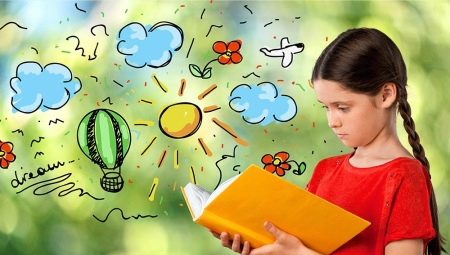In preschool children, memory develops very actively, but sometimes there are problems with memorization. That is why it is important for parents and teachers to know what types of memory exist, how they are formed, what kind of memory is predominant among preschoolers, and how best to develop visual, auditory and voluntary memory.
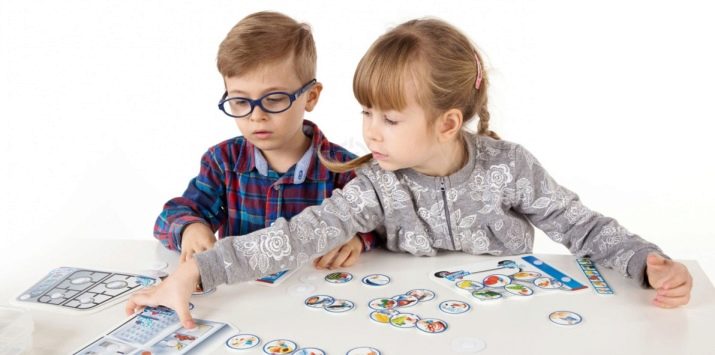
Development features
Thanks to the developed memory, children accumulate and save information, and subsequently use it in their lives, so memory can be safely called one of the key mental processes in childhood. Moreover, at different time periods in the development of memory, their age differences are noted, so preschoolers remember everything a little differently than school-age children.
Experts note that up to 7 years, it is possible to significantly improve the ability to memorize, which is then useful during training at school and for the formation of a child as a person.
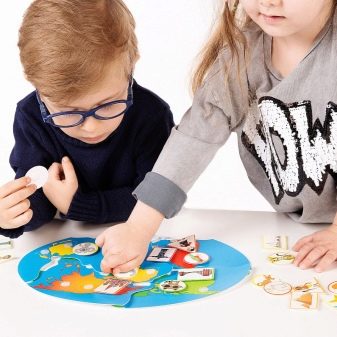
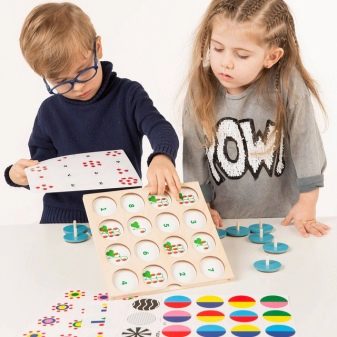
The memory of children of the first year of life is motor and is associated with reflexes. When a child begins to walk, recognize loved ones and remember their words, the motor, verbal and figurative types of memory are actively formed, which are leading at the age of 2–4 years. Over time, the baby learns different mechanisms of memorization, his mental functions are improved, resulting in learning abilities.
The memory of preschoolers is characterized by selectivity and is mostly involuntary, because kids do not set themselves the task of remembering anything.
It is largely based on the hobbies and interests of the child, therefore, different children relate to the same subjects differently. At the same time, the kids also quickly capture what was repeated many times, for example, the road to kindergarten, a fairy tale often told by mom or a cartoon that was repeatedly watched.
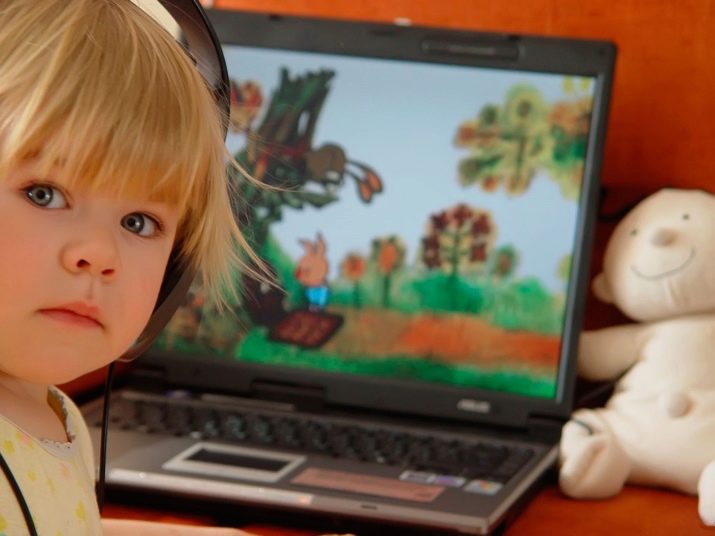
Kinds
There are quite a few classifications of forms and types of memory.
If we consider from the point of view of objects and phenomena that are remembered, then memory happens:
- motor;
- figurative;
- emotional;
- verbal.
The motor helps the child to develop physically, emotional occurs when experiencing any emotions, verbal develops when the learned words are associated with the properties and attributes of objects or phenomena, and the figurative one determines the formation of certain images.
As already mentioned, figurative memory for the preschooler is the predominant species. With her, the baby highlights the most striking characteristics of the phenomenon or object, losing sight of many others (sometimes more important).
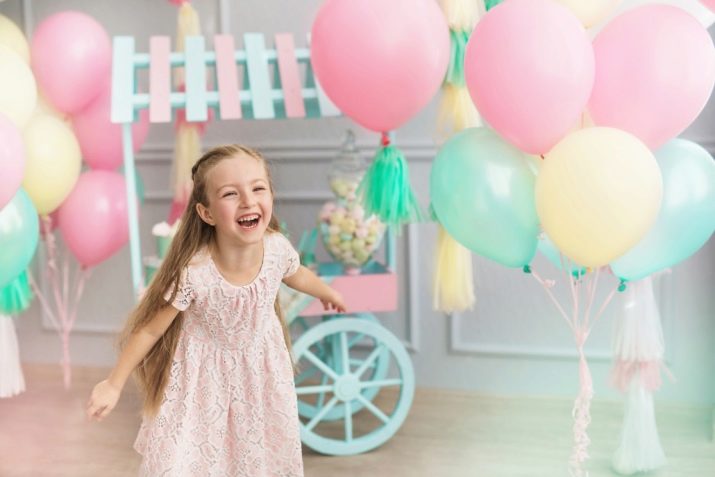
If we take into account the sensory organs used to form the images, then the memory is divided into:
- visual;
- olfactory;
- taste;
- tactile;
- auditory.
Considering whether memorization occurs by chance or a person intentionally tries to remember something, an involuntary and arbitrary memory is allocated.
There is also a separate classification by duration, according to which memory happens:
- short-term when information is captured very quickly, but for a short period of time;
- long-term when the experience lasts for a long time.
Consider some types of preschooler memory in more detail.
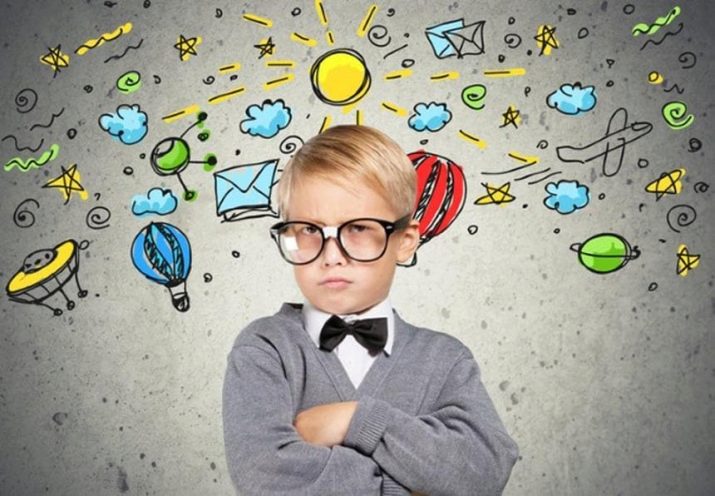
Arbitrary
This kind of memory is also called intentional, because it involves the intention to study or recall certain information. To fix phenomena and objects in memory, the child specifically teaches something, applying willpower. Voluntary memorization begins to appear by the age of 6–7 years and is one of the most valuable achievements of the preschool period.
Note that in random memorization, several forms of reproduction are distinguished. The easiest way is to recognize when a child re-perceives an already familiar object and immediately recognizes it.
A more complex form can be called a memory, since with it the object itself may be absent and does not affect the appearance of the image. The most active form is called recall. It is she who is of the greatest value for educational activities.
It is also worth knowing that voluntary memorization is mechanical and logical.
- Mechanical relies on external relations and is a “memorization”, and understanding of the material is often lacking. It is used to study poems, terms, exercise.
- Logical requires an understanding of the meaning of the information being studied - first, the material is analyzed and divided into components close to understanding.
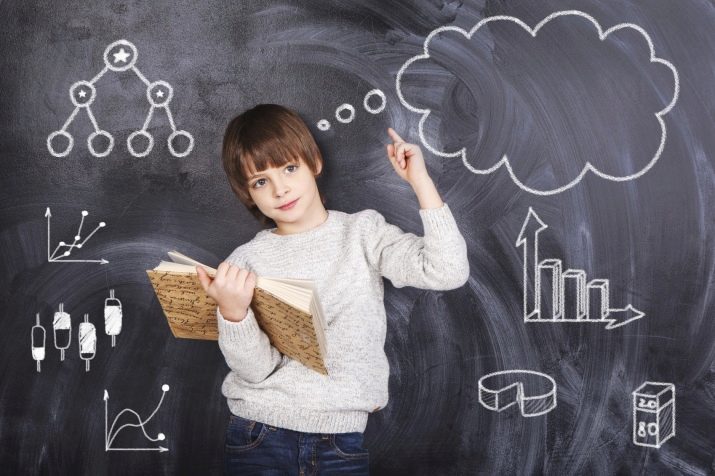
Involuntary
With this kind of memory, the child does not have the intentional goal of memorizing or recalling anything. This means that cases, phenomena or objects are deposited in memory as if by themselves. Such a memory precedes the appearance of an arbitrary and is very important for the knowledge of the world.
It should be noted that children do not involuntarily remember any information. First of all, they remember what they like, as well as what the child enthusiastically does.
The kid will quickly remember something bright, colorful and unusual, new, attractive, funny, characterized by unusual tastes and smells.
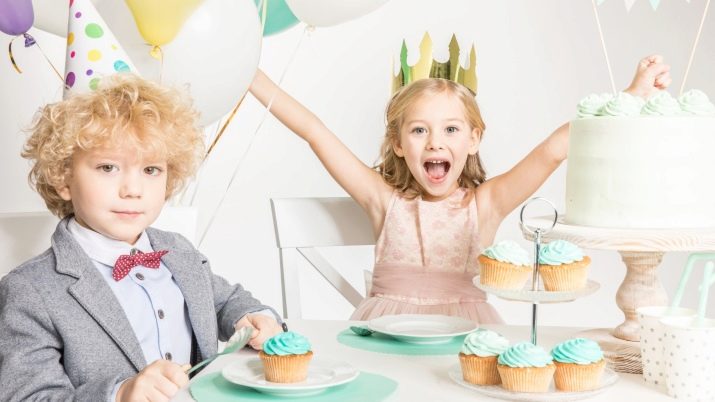
Auditory
When forming such a memory information perceived by the child by ear, as a result of which certain images are created. For training use poems, tales, nursery rhymes, songs.Frequent conversations also have a positive effect, for example, if you ask a child at the end of the day about events in a kindergarten or the day after watching a cartoon, offer to tell a story or discuss the main character. After reading a fairy tale with your child, for better memorization, you should ask a few questions about it, try to draw conclusions from the story.
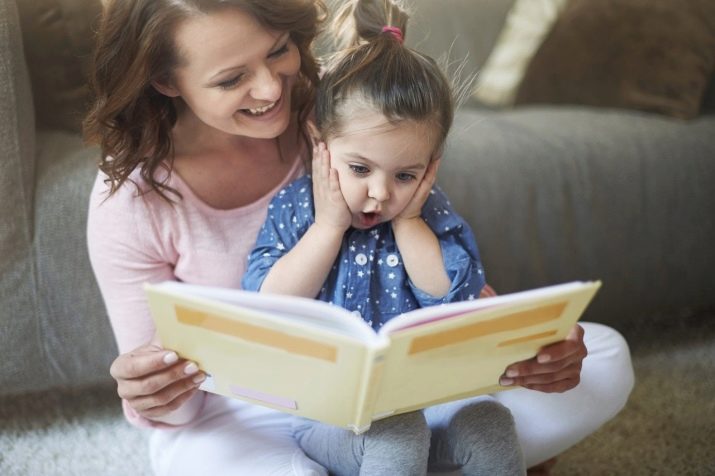
Visual
This is a type of figurative memory in which an organ of vision is used to remember information. For exercises and games, they resort to numerous visual aids, including vivid pictures, squares with dots, color cards.
The child is offered to finish something, continue the pattern, place objects, as in the example, find differences in the two pictures, determine which toy is superfluous and so on.
This type of memory is also well developed with the help of board and computer games.

Memory impairment
Problems with memorization in childhood are due to a variety of factors. For example, they may indicate underdevelopment or brain injury. In some children, memory is impaired due to a past illness or intoxication.
Various adverse conditions lead to certain difficulties. For example, if a child doesn’t receive vitamins and other nutrients with food, often has ARI, is stressed due to the tension of his parents, conflicts with his peers, and lacks attention from adults.
The combination of such effects can cause hypnosis (the so-called memory impairment) or amnesia (if certain moments completely disappear from the baby's memory).
Identify such problems with a psychologist or neurologist using tests. After the examination, the doctor prescribes a correction program aimed at improving the cognitive functions of the child’s nervous system. Next, the baby is tested again to make sure the effectiveness of the developmental classes.
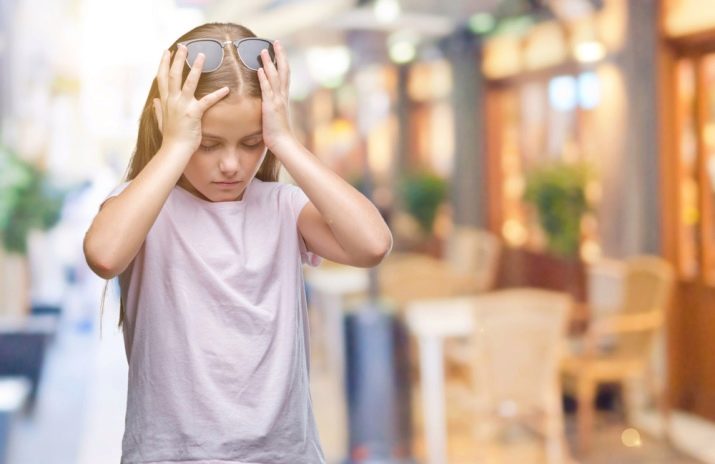
How to develop before school?
For memory training, a variety of exercises and exciting tasks in a playful way are used.
It is also important to create the prerequisites for the good functioning of the brain:
- organize proper nutrition for the child;
- to provide crumbs with oxygen due to long walks on the street (according to the recommendations of doctors - at least 2-3 hours a day);
- take care of a good night's sleep.
One of the most effective ways to remember something is through associations, because remembering interconnected things or phenomena is easier than unrelated information.
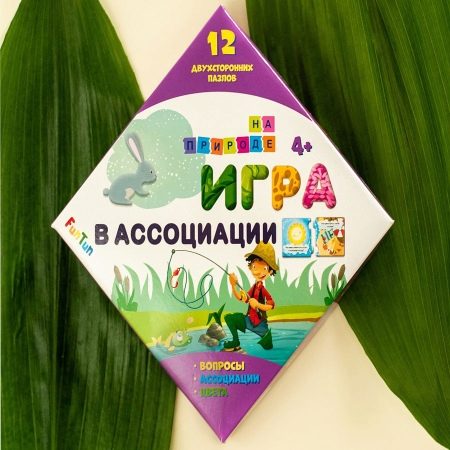
This is taken into account in organizing lessons to improve memory, inviting the child to remember:
- adjacent elements - phenomena or objects that have an interaction in time or space (so remember the order of any actions);
- similar images - things or phenomena that have something in common;
- contrasting images - that is sharply different from each other.
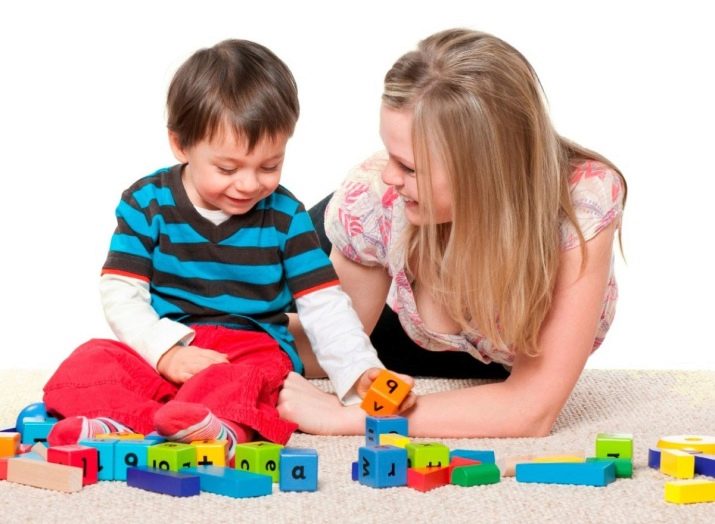
It is advisable to develop the memory of preschoolers with the help of visual materials: a variety of cards, pictures, toys, natural objects, and so on. This will increase the amount of memory and the strength of fixation.


The illustrations work well. With their help, kids perfectly reproduce stories and poems.
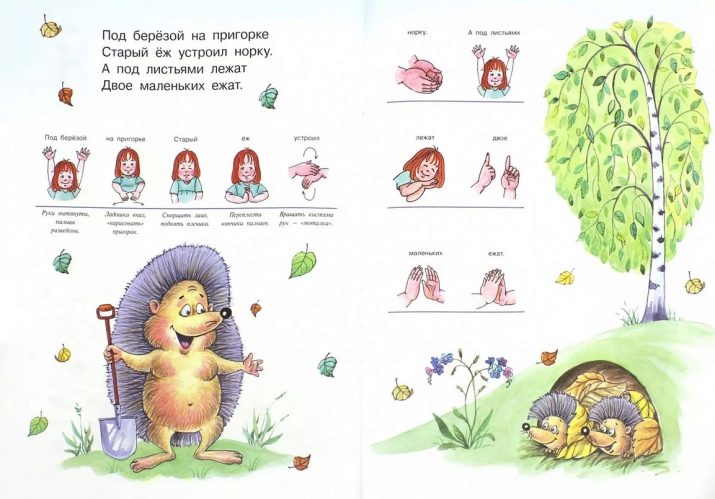
However, one should not confine oneself to the impact on eyesight - it is worth using other feelings in classes, for example, giving the child to feel vegetables and fruits, guessing their taste or smell.
For the development of auditory memory, you can read 10 words to a preschooler, and then check how many of them the child managed to remember.
For successful training, several conditions must be met:
- the game should influence feelings and emotions, be interesting for the child;
- the material should be structured, with simple logical connections;
- It is important to motivate the child to learn new things;
- the results of memorization should be regularly checked.
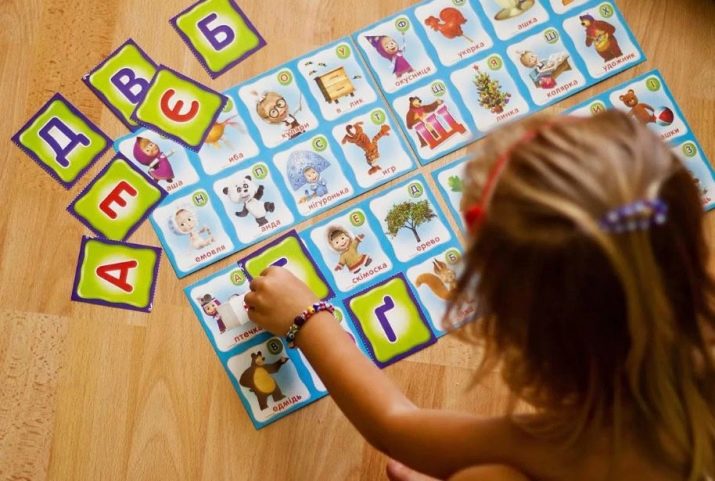
Greater effectiveness is also noted in group classes: if the game is held in kindergarten, at home with family members or on the street with friends. A competitive moment is added to such games, which is liked by most children and stimulates them to better assimilation of information. You can take turns to come up with words for a certain letter, name objects around, repeat movements behind the leader, describe a neighbor, compare two objects, and so on.
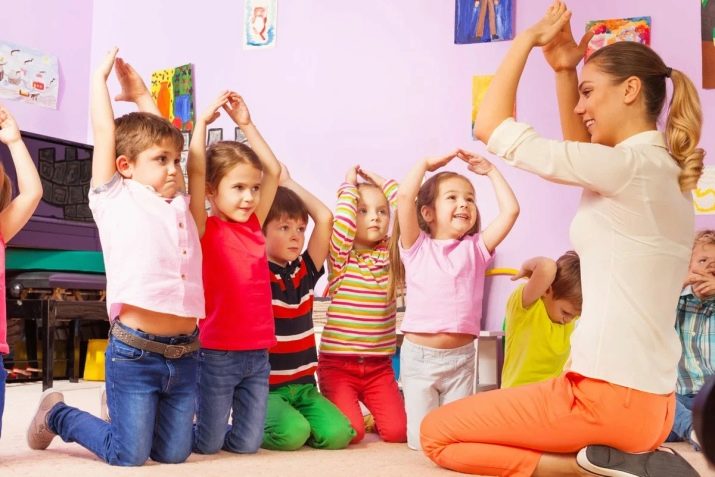
About what classes you can conduct with a preschooler to develop memory and attention, see the next video.
